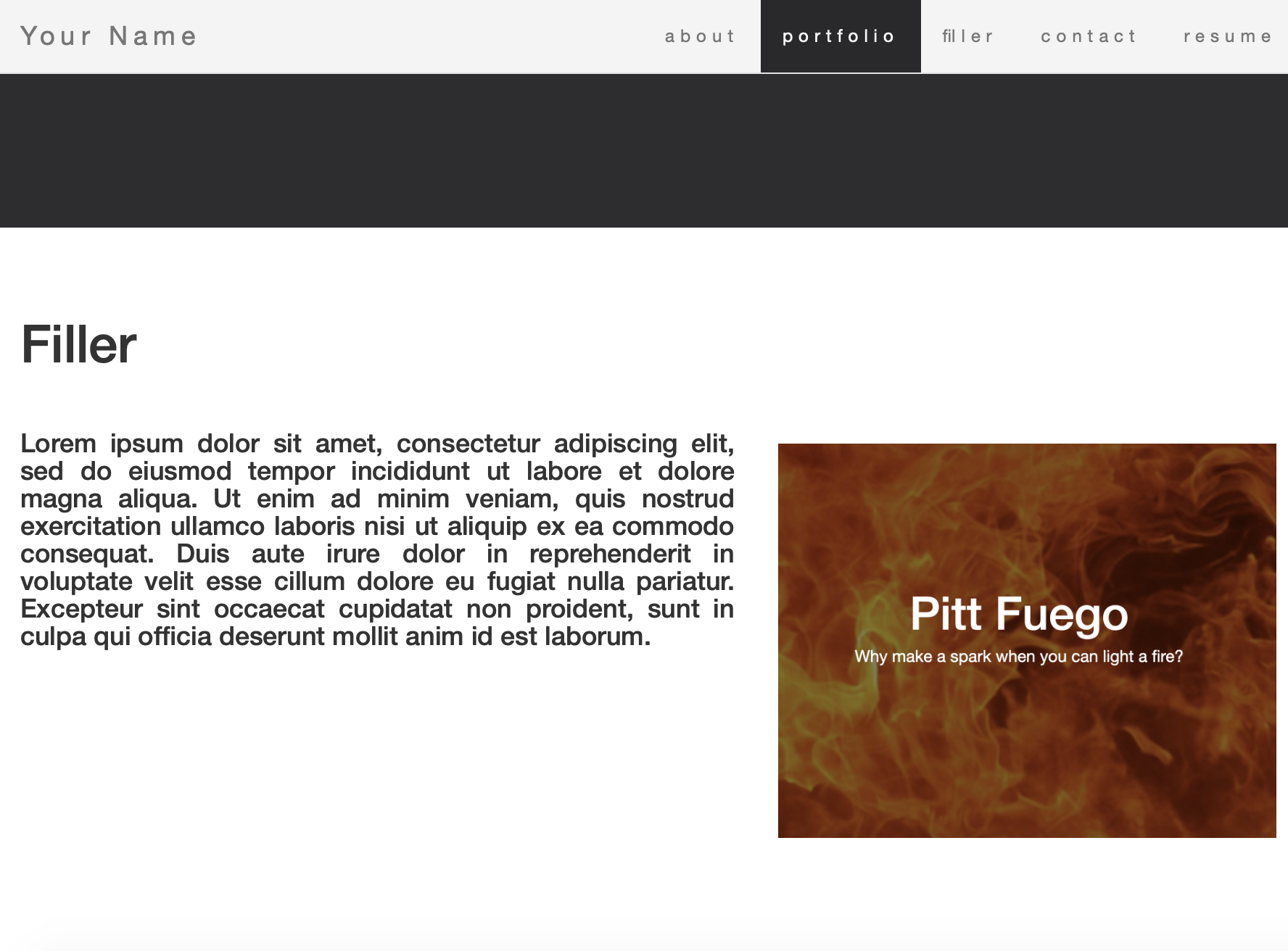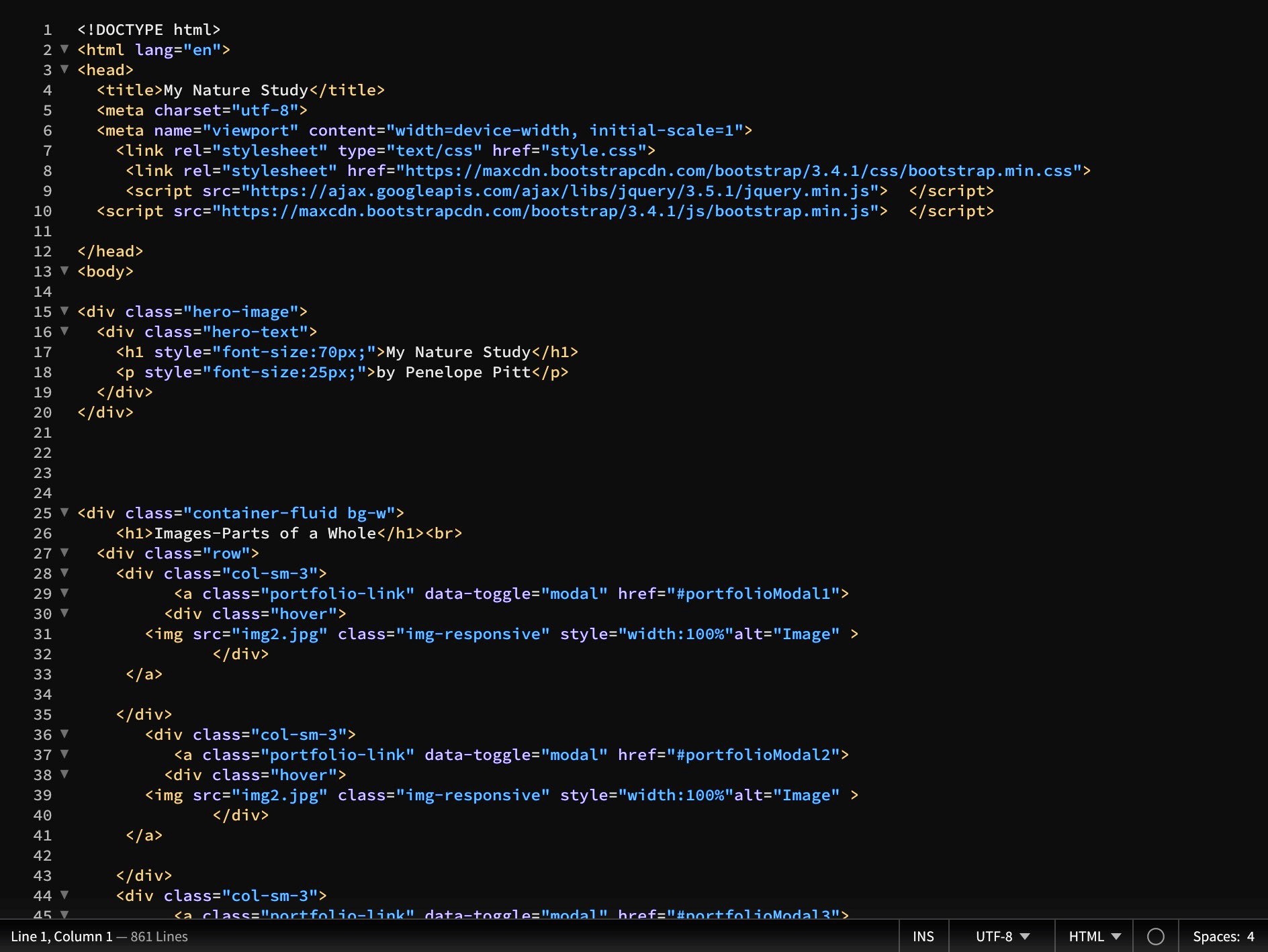
"What might it look like if many people became literate in this technology or if institutions build on the assumption that many people are literate in it? How might we shape the education for these skills to help them be equally distributed?"
— Annette Vee, Coding Literacies (2017, p. 224)
This webtext introduces the pedagogy of basic coding and Open Fuego, a tool I designed to help educators easily integrate aspects of coding literacy, computational thinking, and computer science knowledge into the rhetoric and composition classroom. This is important because when we don’t know how code works, when we don’t understand computer science, we make unknowingly, no matter how skilled we might be working through a program’s user interface (UI). In “Lo-Fi Manifesto,” it is precisely this distance between Aristotelian knowing, making, doing that Karl Stolley (2008) argued for the use of a limited set of standardized technologies to direct digital classroom praxis. These limited technologies included teaching standard computing languages such as Hypertext Markup Language (HTML), Cascading Style Sheets (CSS), and JavaScript (JS) using standardized protocols that allow for cross-platform functionality, open formats, and even running open-source operating systems like LINUX. In the Lo-Fi, rather than focusing on product alone, students learn to locate creativity through process. “The richest learning experiences reveal how failure and crude initial work transform to something better only through ongoing research and revision,” Stolley wrote. Thus, “Lo-Fi is LOFI” an acronym for a digital production focused on “learning,” “openness,” “flexibility,” and “iteration.” Stolley claimed that learning doesn’t take place without seeing the guts of the process, engagement with “source code and media elements is a hallmark of lo-fi production. All components of a digital work must be available for inspection, revision, and extension outside the scope of any one device, platform, or piece of production software and any one creator.”
We didn’t listen to Stolley, perhaps out of convenience, but largely due to our own digital shortcomings, a truth both unfortunate and understandable. We have been born into an unprecedented age where each new decade exponentially compounds the technological advances made in the one prior. And as a result, our field has been forced to continually adapt to these new technologies, each reshaping what it means to write, to be a writer, to be a teacher of writing. Some in our field have chosen to disconnect, at least to some degree. Jody Shipka (2011), for instance, showed us the old, fecund ground we might trace through more material makings and doings. But most of us have embraced this advancing technology, even the corporations that license its use, often without fully understanding the implications of our institutional practices for the rest of society. We find solace in UI design, entrusting it with our functions, which it performs in real-time, at distances that can crisscross continents. It does for us. Makes for us. Knows for us. But while UI design increases usability, it both distances us from the code that performs our functions and the technical literacies we must promote if we wish to attend to the digital divide.

In Coding Literacy, Annette Vee (2017) offered a holistic understanding of the role code and coding play in our everyday lives. She argued that whether we know it or not, in this age of ubiquitous computing, we are all already programmers, using our UI to write the quotidian code for the apps and digital tools that assist us, if not guide us, through space time. Along these lines, Vee argued that this same code is changing how we think and how we write. As she eloquently put it, “Code is writing, but it also underwrites writing. As we have become increasingly surrounded by computation, we have, in many ways, become more embedded in writing” (p. 24). For these reasons, Vee urged us to explore the material and sociocultural implications of what she calls "coding literacy," and to invent new possibilities for promoting this literacy in our institutions. While Vee does not necessarily advocate for programing or writing code in the rhetoric and composition classroom, her literacy framework provides those of us who do a new approach for imagining this pedagogy.
In a UI-driven design world, we cannot overstate the anxiety many individuals experience when encountering code. This codephobia is regularly lost on those who program or write code, just as it is lost on those who promote programing or writing code in the rhetoric and composition classroom, even Stolley (2012). If we wish to promote any form of coding literacy at scale, our earliest attempts will need to address these fears. And in this sense, we have much to learn from the field of basic writing. In 1976, Mina Shaughnessy introduced the sub-field of basic writing in an effort to shift the discussion away from what educators thought student writers were doing wrong to what educators themselves could be doing to better address the specific needs of student writers. Similarly, this webtext suggests basic coding not as a turn, but as a pedagogical effort by educators to unconceal the code that runs our writing classroom. Though the concept of “basic coding” might engender visions of students writing code in BASIC coding languages (Kern, 1987), it need not, nor should we preclude it.
Rather, basic coding suggests we leverage Vee’s material and sociocultural approach to coding literacy as we invent and implement new practices to promote programing and writing code in our rhetoric and composition classrooms and across our institutional spaces. Before we instruct our students to program “Hello World!”, we must first provide enough exposure to the coded structures that, as Vee put it, “underwrite writing.” Instead of beginning with writing code, perhaps we should start by reading it. Just as we introduce children to the sounds of language, we might begin by learning to listen to what the code is doing and saying. We should be cognizant that in addition to commands and descriptors, HTML and Markdown consist of content. These languages incorporate both kinds of writing, the one stating what is to be done, the other what must be said. Along these same lines, when we do ask students to program or write code, we might reimagine what it means to program and write code. Here again, Vee’s coding literacy is useful in that she perceives programing and the writing of code through an ecological rhetorical frame, understanding that much of the code we write is a kind of bricolage (Holmevik, 2012; Turkle & Papert, 1990) assembled from other’s ideas and arguments within discourse communities (Byrd, 2019; Vee 2017). As with any literacy, exposure and participation in coding discourse communities leads to a rhetorical awareness that facilitates the use of code.
Labor is, and always will be, a concern when introducing new pedagogies. If we wish to promote basic coding in the rhetoric and composition classroom and across the disciplines, we can’t assign more tasks for teachers to do in addition to what they are already doing. Rather, we must identify areas where teachers are already engaging technology and determine which tasks might best incorporate code into the process. Of all the things we teach in the rhetoric and composition classroom, multimodal communication assignments will provide our best ingress.






Code templates can provide a low floor, high ceiling, open-source multimodal tool that will make code accessible to teachers and students. These words have been constructed on a basic coding tool called Open Fuego that I designed to support the rhetoric and composition classroom. While some suggest that templates constrain user creativity, they need not do so. Open Fuego provides a range of code templates for different purposes, and each includes an ancillary code bank consisting of code snippets. These embedded code snippets provide the same affordances of visual design tools like Wix, Weebly, and Adobe Spark, allowing the user to add images, bullet points, and links, among other things, but instead of a clean UI, students work directly with code, copying and pasting it into their webtext. The standard CSS design generates a clean mobile-ready aesthetic but leaves the user ultimate control over all design choices. Rather than teaching students to “program” or “write code” from scratch, this method encourages the user to “work with code” by way of HTML comment tags hidden in the code. Code developers use comment tags to label or describe functions for others who may be working in the same document at a later date. In this case, comment tags guide the user through all instruction, explaining what specific lines of code do and how the user can add or modify content, encouraging the user to design and develop their work in a manner both usable and accessible for a wide-range of audiences. Once students have finished creating, they can upload and commit their files to a project repository in GitHub and publish their webtext to the internet. Alternatively, students can host their webtext on local university servers or wherever else they desire—the important point here is that unlike proprietary code tools, students own their code, and it's clean.
I designed Open Fuego to be a free and open-source solution; the title and all content may be adapted for institutional purposes. If we intend to address the inequalities and inequities in our field, our institutions, and the communities we serve, then ALL users and groups, especially those excluded by our designs, must, as Adam J. Banks (2006) argued, be able “to both change the interfaces of that system and fundamentally change the codes that determine how the system works” (p. 45). Because a large majority of users access technology using smart phones (Pew Research Center, 2019), the work of basic coding will require us to reimagine our mobile phones as code editors. While some of my students have completed Open Fuego projects using mobile phones, basic coding tools and practices must be further developed to improve usability and accessibility for all users across devices.

In addition to coding literacy (Vee, 2017), Open Fuego is designed to promote a number of other pedagogical goals including computational thinking (Wing, 2006) and general computer science knowledge.
While we should strive for the same openness as Stolley (2008), we actually need hi-tech to get the work of tomorrow done. James Paul Gee (2013) wrote that tools themselves are not the panacea but a means to “leverage, and empower the actions of all sorts of people, to resource their creativity, and to engage their active participation” (p. 211). And this is important, because to solve our world’s largest problems, Gee argued we will need smart people working collectively to create new and powerful tools. Because there are too many moving parts, we must rely on the tools and knowledge of others, the “full stack” (Vee, 2019) of front-end, back-end, document writers, and an interconnected network of people working directly or adjacently within an ad hoc integrative design system. In my work, I am especially interested in free and open-source software communities because these communities ask something of the user. Open and free code permits the user to branch and modify projects for their own ends, but request that changes be published to the larger community. Thus, when we use community-built, open-source tools, we should also be thinking how our own knowledge or specific application might improve the tool. Similar to Kevin Brock (2019), I’m wondering how our field’s specializations in rhetoric, composition, and pedagogy might inform tool design and reshape how users interact with open-source tools and their communities. In that our field has long specialized in inventing, designing, styling, packaging, and delivering information and information systems, how might we employ our own knowledge and skills at scale to make coding less abstract and more concrete, less virtual and more actual, less conceptual and more utilitarian? And in full consideration of the previous questions, I wonder how the field of rhetoric and composition, in that we represent the most populous body of educators in higher education, and given a full effort to circulate free and open-source technologies that are easy to teach and use, might address the inequality and inequity that maintains our digital divide? Basic coding must invite our students to work with code in open-source communities and begin a praxis that “join[s] with broader social movements in challenging the persistent inequalities in access to both education and technology that prevent many people from having their voice heard” (Palmeri, 2012, p. 160). To do so, Antonio Byrd (2020) suggested we consider how various discourse communities and learning instances contribute to coding literacy in both digital and non-digital forms, especially where tinkering and play are concerned. By connecting coding literacy to other modes and spaces of learning, Byrd imagined new praxes by which individuals might critically engage and learn technology. Towards this end, he encouraged us to “expand the goals of teaching coding literacy to include social mobility, inclusion, and computational thinking as well as how coding literacy may help redistribute power among racial and ethnic communities” (p. 447).
“The work is waiting for us,” Shaughnessy (1976) wrote of basic writing —and it will require a “professional courage” (p. 238). Basic coding, like its predecessor, asks us to begin somewhere, that somewhere being each of our own classrooms. For it to succeed, basic coding must be as diverse as those it serves, but also usable, inclusive, accessible, various, free and open-source.
Banks, Adam J. (2006). Race, rhetoric, and technology: Searching for higher ground. Lawrence Earlbaum Associates; National Council of Teachers of English.
Brock, Kevin. (2019). Treating code as persuasive argument. In John Jones & Lavinia Hirsu (Eds.), Rhetorical machines: Writing, code, and computational ethics (pp. 69–85). University Alabama Press.
Byrd, Antonio. (2019). Between learning and opportunity: A study of African American coders’ networks of support. Literacy in Composition Studies, 7(2), 31–56. https://doi.org/10.21623/1.7.2.3
Byrd, Antonio. (2020). “Like coming home”: African Americans tinkering and playing toward a computer code bootcamp. College Composition and Communication, 71(3), 426–452.
Gee, James Paul. (2013). The anti-education era: Creating smarter students through digital learning. Palgrave Macmillan.
Holmevik, Jan R. (2012). Inter/vention: Free play in the age of electracy. MIT Press.
Kern, Alfred. (1987). Basic writing: the student as programmer. ADE Bulletin, 86, 4–7.
MDN web docs. (n.d.). Retrieved December 2, 2021, from https://developer.mozilla.org
Palmeri, Jason. (2012). Remixing composition: A history of multimodal writing pedagogy. Southern Illinois University Press.
Pew Research Center. (2019). Mobile fact sheet. Retrieved March 26, 2021, from https://www.pewresearch.org/internet/fact-sheet/mobile/
Shaughnessy, Mina. (1976). Diving in: An introduction to basic writing. College Composition and Communication, 27(3), 234–239.
Shipka, Jody. (2011). Toward a composition made whole. University of Pittsburgh Press.
Stolley, Karl. (2008). The lo-fi manifesto. Kairos: A Journal of Rhetoric, Technology, and Pedagogy, 12(3). http://kairos.technorhetoric.net/20.2/inventio/stolley/
Stolley, Karl. (2012). Source literacy: A vision of craft. Enculturation: A Journal of Rhetoric, Writing, and Culture, 14. http://enculturation.net/node/5271
Turkle, Sherry, & Papert, Seymour. (1990). Epistemological pluralism: Styles and voices within the computer culture. Signs: Journal of Women in Culture and Society, 16(1), 128–157. https://doi.org/10.1086/494648
Vee, Annette. (2017). Coding literacy: How computer programming is changing writing. MIT Press.
Vee, Annette. (2019). Full stack rhetoric: A response to Rhetorical machines. In John Jones & Lavinia Hirsu (Eds.), Rhetorical machines: Writing, code, and computational ethics (pp. 237–244). University Alabama Press.
Wing, Jeannette M. (2006). Computational thinking. Communications of the ACM, 49(3), 33–35. https://doi.org/10.1145/1118178.1118215
Quigley, Stephen. (2020). [Screen shots of Open Fuego]. Open Fuego. Retrieved February 1, 2021, from https://open-fuego.github.io/Open-Fuego-Coding-Tools/
GitHub. (n.d.). Octocat [Logo]. GitHub. Retrieved May 19, 2020, from https://github.com/
Office of University Communications & Marketing, University of Pittsburgh. (n.d.). Cathedral and banner [Photograph]. Retrieved May 19, 2020, from https://www.communications.pitt.edu/photography